We are often asked by prospective students how much Arabic they can learn with us or how good their Arabic will be after two years.
Measuring ability in a language can be a bit subjective but the ILR and ACTFL scales are helpful and are shown below.
But before we go any further, a word of warning. There are Arabic language programs which claim that a student can be ‘fluent’ in Arabic after 3 months study and even quoting students who have done this. The results of research from the U.S. Government’s Foreign Service Institute (FSI) as shown in the chart below show clearly that this is not a realistic claim.
The data here are cited by Judith E. Liskin-Gasparro in “ETS Oral Proficiency Testing Manual,” Princeton, NJ: Educational Testing Service, 1982. The data were obtained from LinguaLinks Language Learning Bookshelf.
The FSI has classified languages according to the difficulty factors for native English speakers. Group 4, the most difficult are shown in the chart above.
If you compare the graph above with the table below you will see that the FSI considers it would take an average language learner between 100 and 150 weeks at 30 hours per week to attain superior status (3 to 3+) which is the lowest level most of us would call fluent. This is a bit more than the 3 months quoted by some programs! However, if by “fluent” you mean level 1, it may be possible. Beware of programs who play with words to get your money, the only way to get a good standard of Arabic is time and effort and a good program.
So where would you be on the scale below after studying with us? Well, assuming you have average aptitude for learning language and you study for the full two-year course and, of course, you will fulfil the course requirements by completing all homework assignments and mixing with local people on a regular basis, then you will attain the same level that our two year students normally do. That is, you would be about a 2 on the scale below – Able to satisfy routine social demands and limited work requirements. Our full-time two year program is around 75 weeks in total, if you compare the length of our program with the graph above then you will see that even this is a bold claim but we see average students on our course attaining this regularly.
Those with a gifting for language may be able to reach about a 3 – Able to speak the language with sufficient structural accuracy and vocabulary to participate effectively in most formal and informal conversations.
| ILR Scale |
ACTFL Scale |
Definition |
| 5 |
Native |
Able to speak like an educated native speaker |
4+
4 |
Distinguished |
Able to speak with a great deal of fluency, grammatical accuracy, precision of vocabulary and idiomaticity |
3+
3 |
Superior |
Able to speak the language with sufficient structural accuracy and vocabulary to participate effectively in most formal and informal conversations |
| 2+ |
Advanced Plus |
Able to satisfy most work requirements and show some ability to communicate on concrete topics |
| 2 |
Advanced |
Able to satisfy routine social demands and limited work requirements |
| 1+ |
Intermediate – High |
Able to satisfy most survival needs and limited social demands |
| 1 |
Intermediate – Mid
Intermediate – Low |
Able to satisfy some survival needs and some limited social demands
Able to satisfy basic survival needs and minimum courtesy requirements |
| 0+ |
Novice – High |
Able to satisfy immediate needs with learned utterances |
| 0 |
Novice-Mid
Novice – Low
0 |
Able to operate in only a very limited capacityUnable to function in the spoken language
No ability whatsoever in the language |

